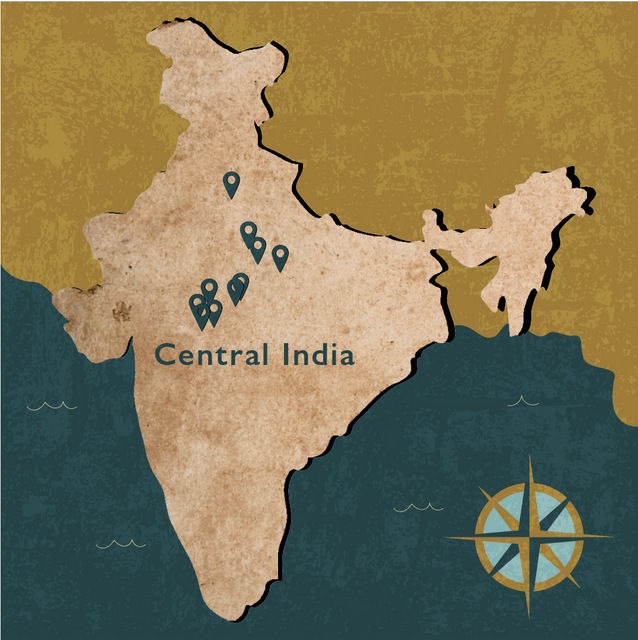



Arrive Delhi by an international flight. After clearing immigration and customs formalities you are met by a representative from First Tours India and transferred to Ambassador New Delhi located centrally near the famous Lodi Gardens and the Humayun's Tomb. The capital of India, Delhi is its third largest city with a population of over 16 million. Its strategic location has given it a focal position in Indian history and many great empires have ruled from here. The monuments and ruins of these are scattered throughout the city, often cheek by jowl with modern structures and high-rise towers.
Ambassador New Delhi

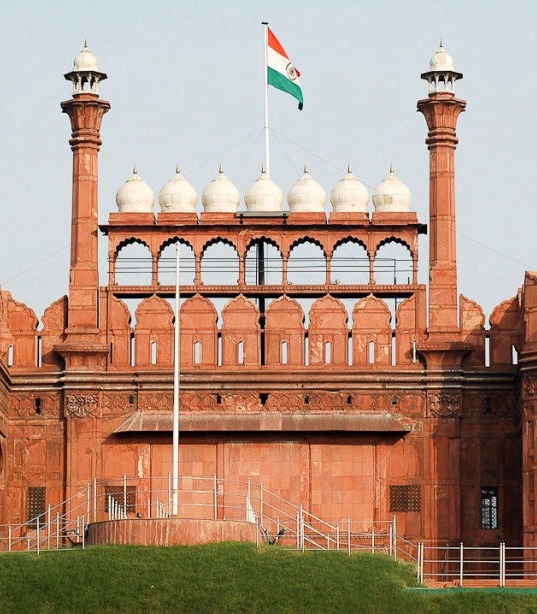
Enjoy touring of Old Delhi visiting the Red Fort (1639-1648) which reflects the grand but stultifying court etiquette of Shah Jahan. Enjoy a bicycle rickshaw ride to India's largest mosque Jami Masjid, the spiritual centre of Shahjahanabad. At this red sandstone mosque with bold marble carvings and intricate calligraphic inlay, the faithful stream in and out from the surrounding bazaars. Return to the hotel en route visiting Gandhi Memorial at Raj Ghat. This afternoon visit one of Delhi's most famous landmarks, the fluted red sandstone tower of Qutb Minar. Started in 1199, the tower tapers upwards from the ruins, covered with intricate carvings and deeply inscribed verses. Continue on to the 1564 Humayun's Tomb – the most arresting example of the synthesis of two of the great building styles of Asia – the Persian and the Indian. Humayun's red sandstone and marble tomb follow the octagonal form of the Delhi sultans' tombs with high central arches, fine proportions and incorporates the first "four-garden" that set the pattern for later Mughal memorials. Also explore the most grandiose and elegant Victorian section of New Delhi which contains the majestic government buildings conceived by Sir Edwin Lutyens and assisted by Herbert Baker.

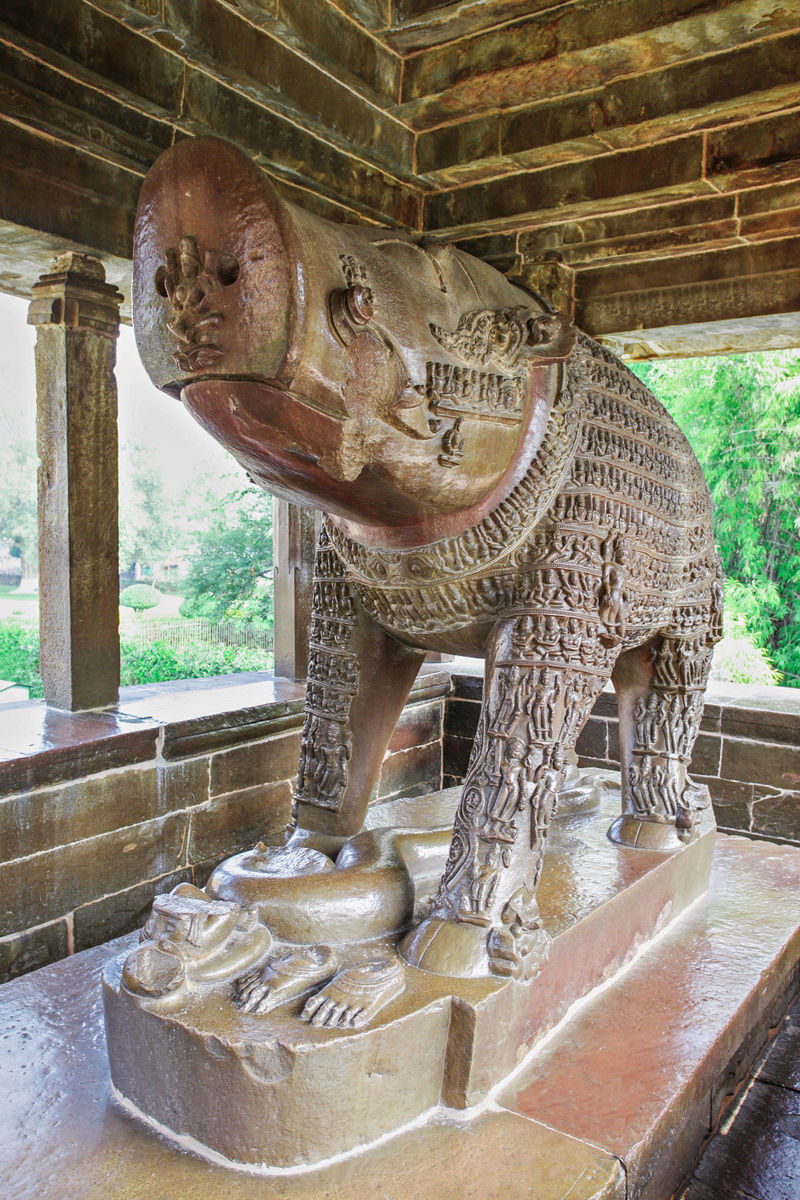
Fly to Khajuraho and transfer to The Lalit Temple View Khajuraho which overlooks the Western Group of Temples famed for their erotic sculptures. The 25 temples at Khajuraho represent the brilliant burst of artistic flowering that took place under the generous patronage of the powerful Chandela rulers, who made Khajuraho their peacetime capital. The remoteness of the temples' location saved them from the ravages of Islamic raiders, but also led to their being abandoned in the 13th century. Hidden in a dense forest for 700 years, they were "rediscovered" in 1839 by Englishman Captain T. S. Burt of the Bengal Engineers. This evening visit the Khajuraho temple complex to witness the son et lumiere show. This is the best evening activity to understand history, facts and myths of Khajuraho temples. Technicolour floodlights sweep across the temples of the Western Group as Indian classical music soundtracks a potted history of Khajuraho narrated by the ‘master sculptor’..
The Lalit Temple View Khajuraho

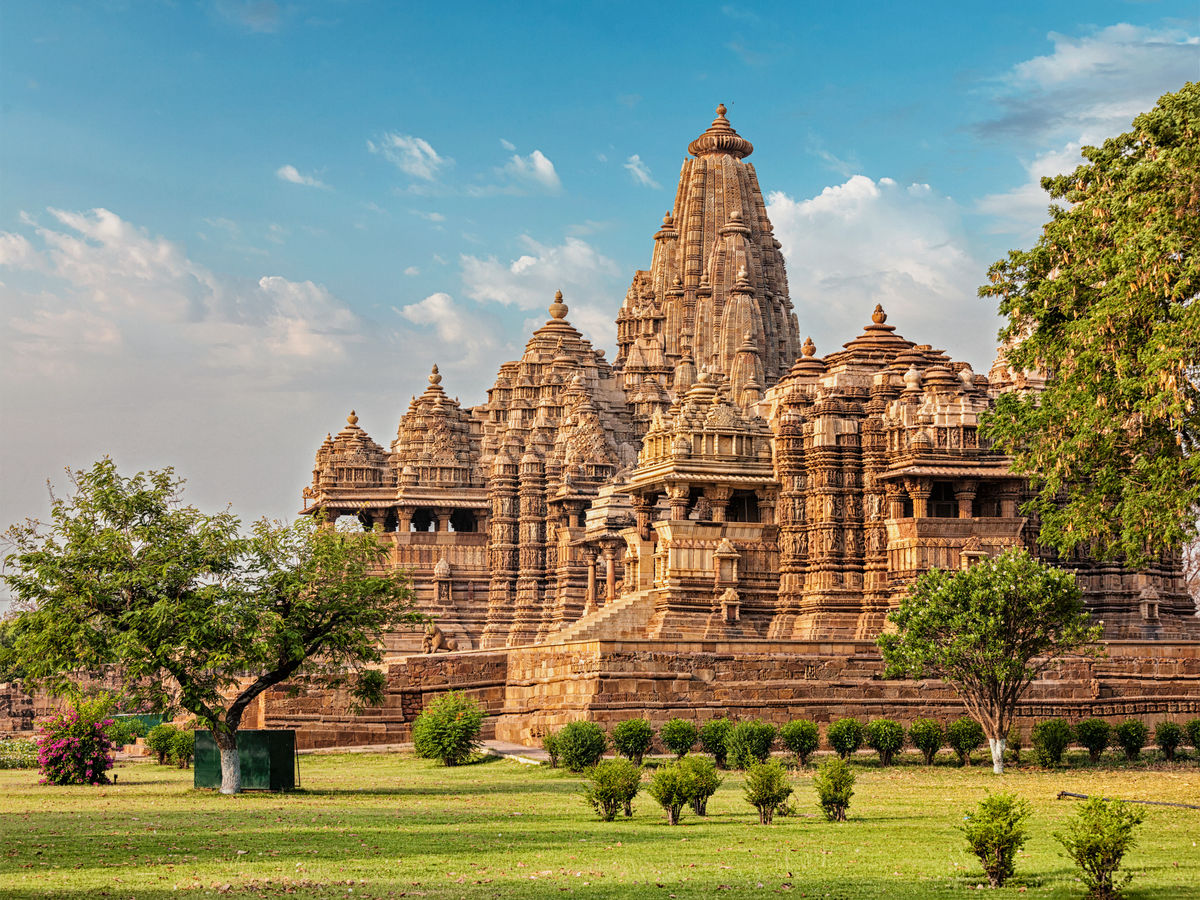
Today re-visit the magnificent temples of Khajuraho, a UNESCO World Heritage Site, built between the 9th and 10th centuries by the Chandela dynasty which dominated Central India at that time. These temples highlight the pinnacle of North Indian temple art and architecture remarkable for their grand dimensions yet perfectly harmonious composition. The exquisite sculptural embellishments cover the temples depicting gods and goddesses, beasts and warriors, sensuous maidens, dancers, musicians and, of course, the erotic scenes for which the Khajuraho temples are famous. The erotic sculptures are believed to serve as a love manual to express an exuberant celebration of life and creation.

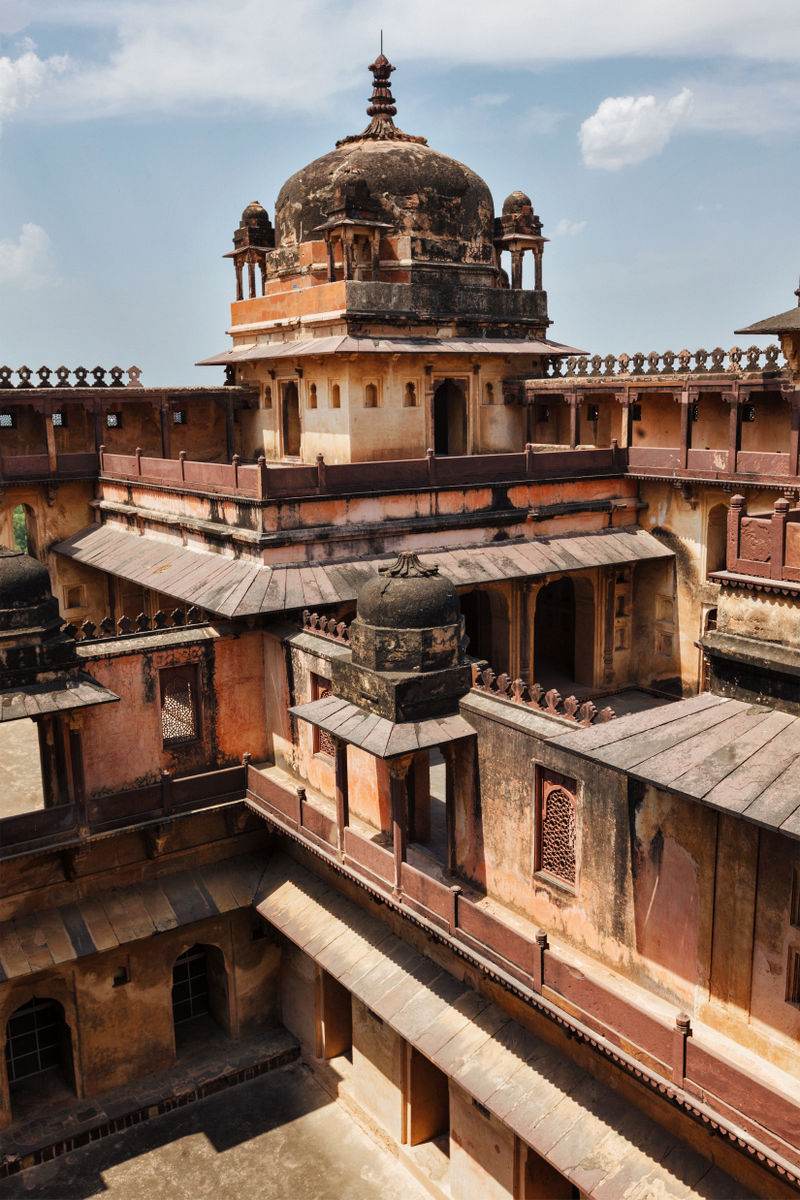
Travel overland to Orchha, the deserted medieval town, dramatically positioned on a rocky island enclosed by a loop of the Betwa River. Founded in 1531, it was the capital of the Bundela kings until 1738. Visit the medieval fort and palaces built at the height of Bundela power. The many-layered palace has 132 chambers off and above the central courtyard and is extravagantly embellished with lapis lazuli tiles, graceful chhatris and ornate jali screens. After possible lunch at Orchha Resort, continue drive to Gwalior. En route visit the fortress palace of Bundela ruler Bir Singh Deo at Datia. It was one of the few Indian buildings admired by Sir Edwin Lutyens. Proceed to Gwalior and check-in to Usha Kiran Palace. Built in the late 19th century by the Maharaja of Gwalior to host the King and Queen of England, Taj Usha Kiran Palace has been a gracious host to the guests of the royal family for over a century. Surrounded by an attractive open plateau country immediately to the north of the Vindhya mountain range, this historic city of Gwalior is set in one of the driest regions of the state of Madhya Pradesh.
Taj Usha Kiran Palace

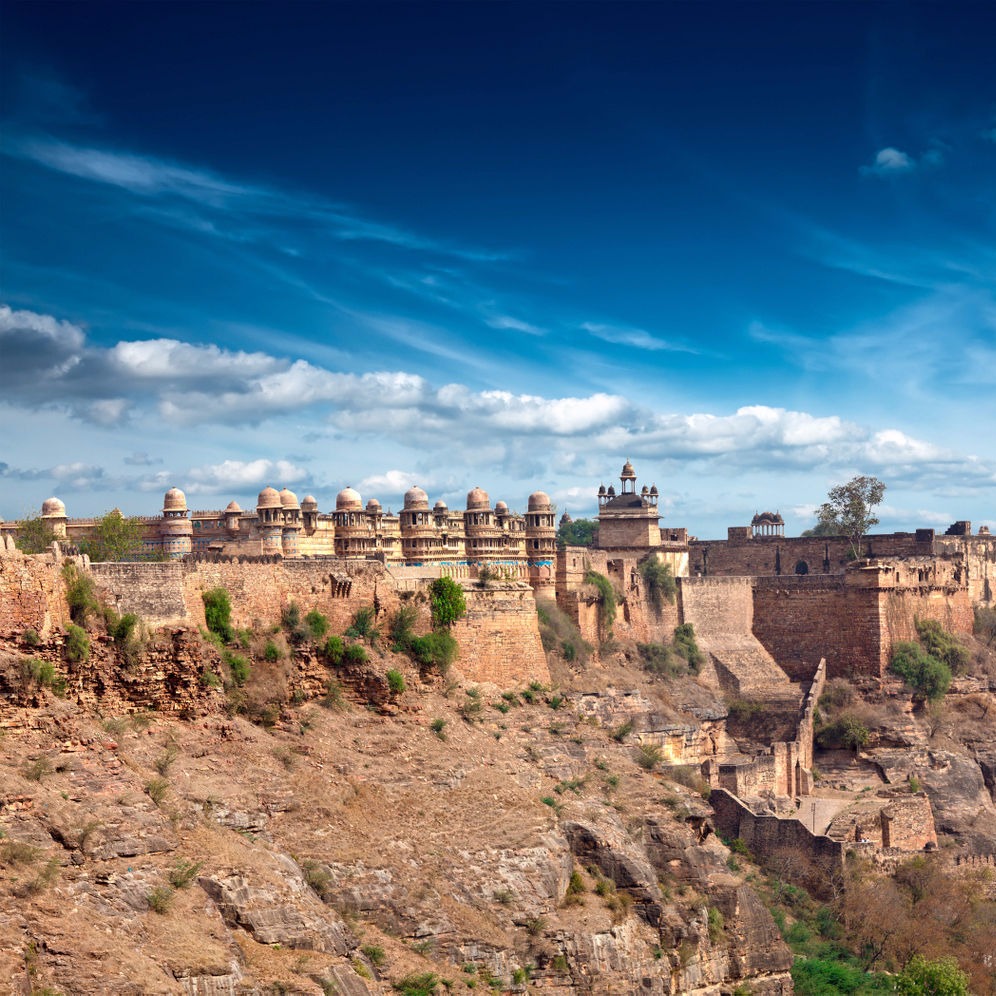
Set off the day visiting the massive Gwalior fort, formerly the key to control of the Central Provinces, dominates a ridge overlooking the town spread out below. The fort houses 21 colossal Jain sculptures depicting Jain tirthankaras dating from the 7th to the 15th centuries, richly carved Teli ka Mandir and the Saas-Bahu temples which are covered with superb sculptures of dancing girls and deities. Also visit the Man Mandir Palace. Built between 1486 and 1516 by Raja Man Singh of the Tomar dynasty, this double-storied palace is regarded as one of the finest example of Rajput secular architecture, embellished with superb stone carving and latticework. Brilliant blue, yellow and green tiles depicting parrots and peacocks, rows of ducks, elephants, banana trees and crocodiles holding lotus buds decorate the Man Mandir façade. In the afternoon visit the opulent Jai Vilas Palace and the Scindia Museum that has an idiosyncratic collection of royal possessions and memorabilia, a pair of the world's heaviest chandeliers and the extra-ordinary mechanical silver toy train meant to transport cigars, dry-fruit and liqueurs around the maharaja's dining table.

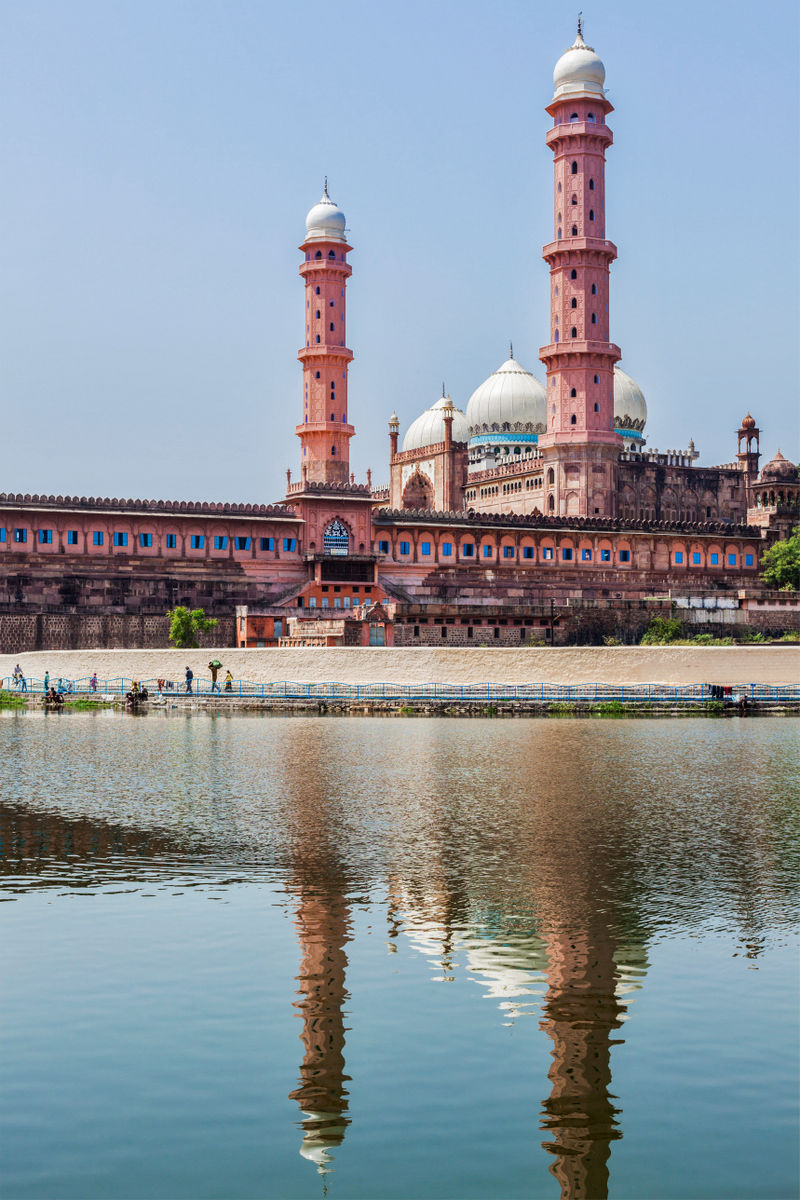
After breakfast transfer to Gwalior railway station in time for air-conditioned express train to Bhopal. Arrive Bhopal and transfer to Noor-Us-Sabah Palace, loftily perched on a hill and offers a stunning view of the breathtakingly beautiful and expansive Bhopal Lake and the Vindhya Hills. In the afternoon drive to Bhimbetka village where in 1957 the Indian archaeologist V. S. Wakanker discovered over 1000 cave shelters in the rocky sandstone ridge near Bhimbetka village. These caves were covered with paintings done in bold, fluent lines with the same power and energy as the cave paintings of Lascaux, France or the Kalahari paintings in Africa. The largest numbers of paintings are from Mesolithic period and depict vignettes of daily life, hunting scenes and range of animals including, curiously, a giraffe. Continue drive a short distance of 11 miles to visit the monumental, though incomplete, Bhojeshwar temple at Bhojpur. Impressive sculptures cover parts of its unfinished corbelled ceiling and its entrance doorway. Inside on a tiered platform is an enormous stone Shiva linga, 8 feet high and 17 feet in circumference. Return to Bhopal in the evening.
Noor-Us-Sabah Palace


Today drive 30 miles to Sanchi, a peaceful hill crowned by India's finest surviving Buddhist Monument. From the 3rd century BC to the 7th century BC Sanchi was a thriving Buddhist establishment of stupas and monasteries. Visit the Great Stupa which presides over a complex of ruined temples and monasteries that collectively provide a rich and unbroken record of the development of Buddhist art and architecture from its emergence in central India. A World Heritage site, the Great Stupa at Sanchi was built in the 2nd century BC. Its hemispherical shape is variously believed to symbolize the upturned alms bowl of a Buddhist monk or an umbrella of protection for the followers of the Buddhist dharma. Also visit the Archaeological museum that houses a pair of winged Mauryan lions, sculptural friezes from the gateways and statues of the Buddha and Bodhisattvas. Drive 12 miles further to visit Udaigiri. This 5th century AD rock-cut caves excavated during the reign of Chandragupta II possess all the distinctive features of Gupta art. Return to Bhopal in the evening.

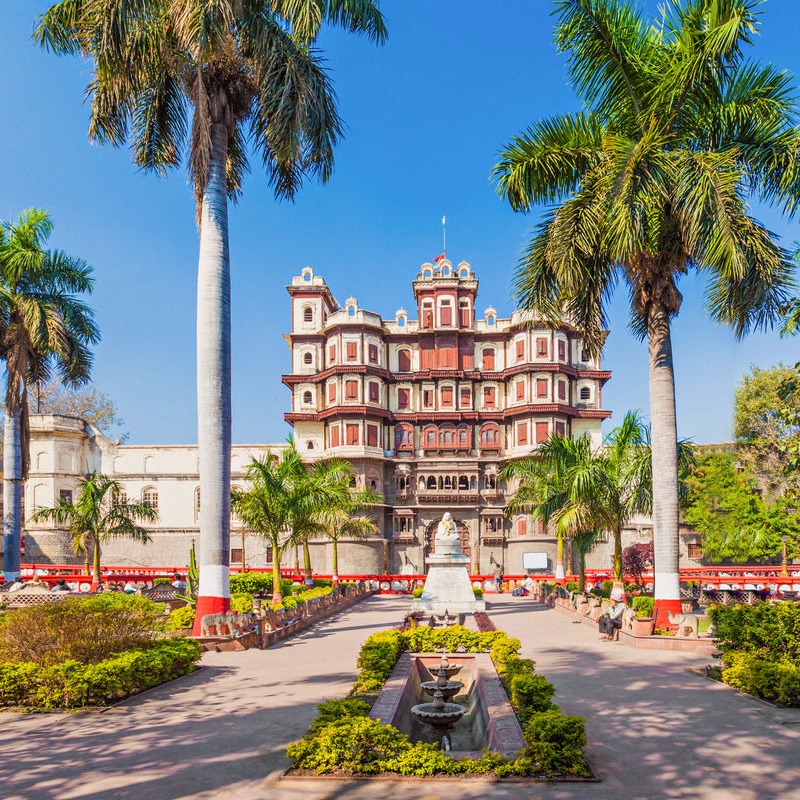
Depart Bhopal in the morning and drive 125 miles in 4 hours to Ujjain. Located on the banks of Shipra River, Ujjain is one of India's seven sacred cities and one of the four sites of Kumbh Mela, which attracts over three million pilgrims every 12 years to take holy dip in the river Shipra and offer prayer at the temples. In its heyday, Ujjain was on a flourishing trade route to Mesopotamia and Egypt. In the 4th and 5th century AD it was the second capital of the Gupta Empire with the celebrated Sanskrit poet Kalidasa as one of its leading lights. Its glory was however eclipsed in the 13th century after it was sacked by the Delhi Sultans. Visit the Mahakaleshwar temple built by the Marathas in the 18th century and dedicated to Lord Shiva. Also visit the sacred Ghats on the banks of river Shipra. After sightseeing drive further 35 miles south-east to Indore. Arrive Indore and check-in to Radisson Blue Hotel Indore.
Radisson Blue Hotel Indore

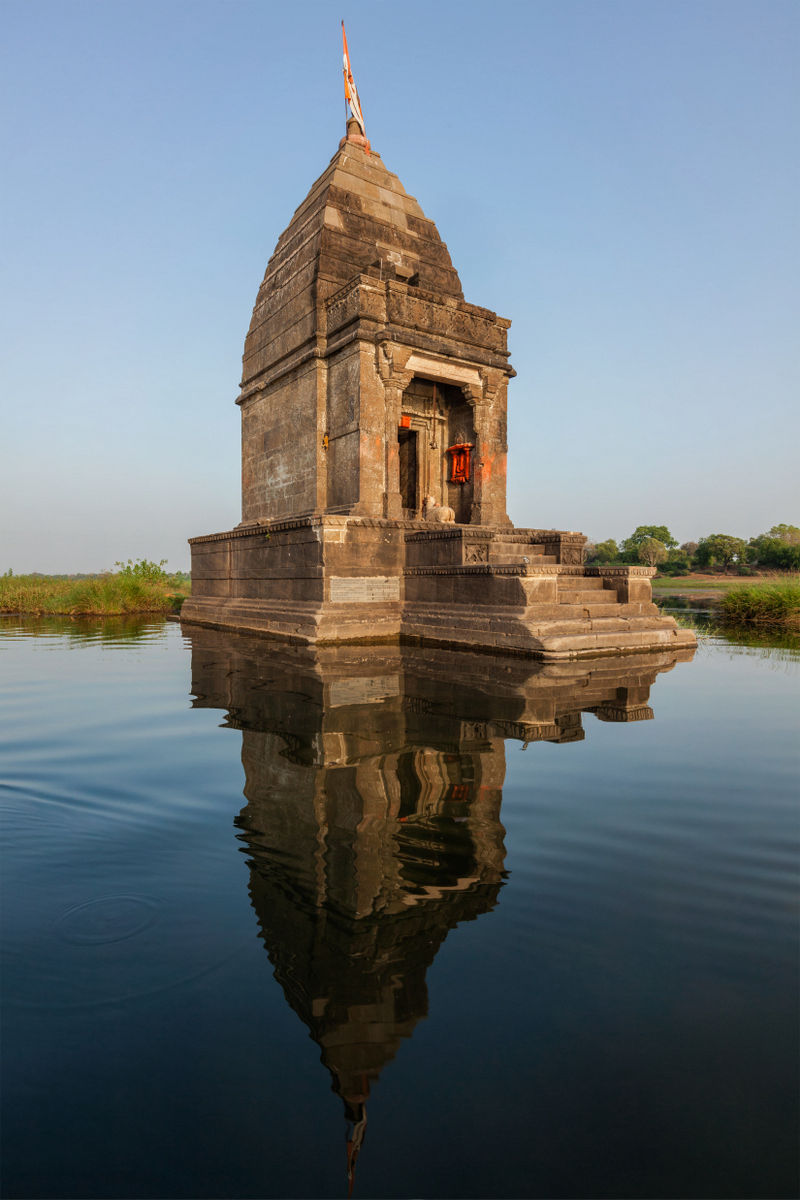
Depart Indore and journey 48 miles to the island of Omkareshwar at the confluence of the Narmada and Kaveri rivers. Shaped like the sacred Om symbol, the island is dotted with temples, sadhu's caves, bathing ghats and filled with the sound of chanting. Visit Sri Omkar Mandhata temple, which enshrine one of the 12 Jyotirlingas in India and proceed to Maheshwar. An important Hindu pilgrimage centre, Maheshwar is picturesquely sited on the banks of the mighty Narmada River. On arrival check-in to Ahilya Fort. Standing high on a hill, overlooking the river Narmada, Ahilya fort offers its guests a luxurious stay while offering excellent hospitality services. This heritage property is currently managed by Prince Shivaji Rao Holkar, son of the last ruler of Indore. In the afternoon visit the Ghats below the Maheshwar fort dotted with shrines where the pilgrims take their holy dip. The spectacle of hermits murmuring prayers under raffia sunshades, drying their clothes in the breeze blowing off the river, whitewashed shrines and sati stones around the Ghats is overwhelming. Also visit workshops of the Rewa Weaver's Society established 250 years ago to promote the local handloom industry. Maheshwari cotton and silk saris produced here are famous for their distinctive pattern and superior quality.
Ahilya Fort

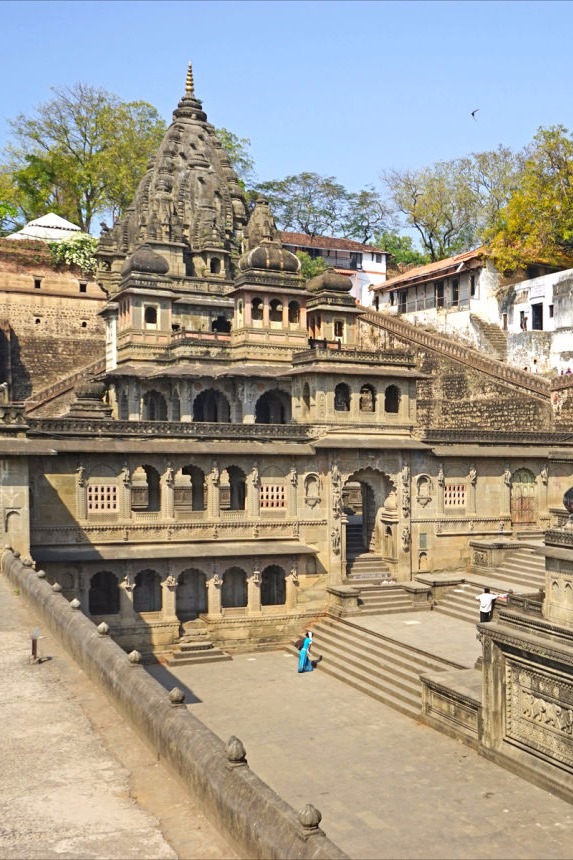
Today enjoy an excursion to Mandu. The 11th century city of Mandu or Mandavgad is a ruined city in the Dhar district in the Malwa region of western Madhya Pradesh. This fortress town on a rocky outcrop is celebrated for its fine architecture. Mandu, due to its strategic position and natural defences, was an important military outpost and its military past can be gauged by the circuit of the battlemented wall, which is nearly 23 miles and has 12 gateways. The wall encloses a large number of palaces, mosques, Jain temples of 14th century and other buildings. Perched on a crest of the Vindhya Mountains, the deserted citadel of Mandu is one of central India’s most romantic and picturesque sites. Enclosed within its winding parapet walls and surrounded by steep, wooded ravines, are palaces, lakes and pleasure pavilions, built between 1401-1529 by the Sultans of Malwa, who referred to it as Shadiabad or the “City of Joy”. Explore Mandu Fort visiting Mosque of Dilwar Khan, Hathi Pol, Hindola Mahal, Champa Baoli and Jahaz Mahal in the Royal Enclave of the fort. Now proceed to the Central Group that houses the Hoshang Shah’s Tomb, the first marble tomb monument in India, Jama Masjid and Ashrafi Mahal, the palace of gold coins. Visit Hathi Mahal, the tomb of Darya Khan, Malik Mughith Mosque, caravanserai and Dai-ka-Mahal in Sagar Talao Group. Continue on to Rewal Kund Group that house Rewa Kund; Baz Bahadur Palace and the romantic Rupmati Pavilion. Return to Ahilya Fort in the late afternoon.


Morning is available to explore Maheshwar. In the afternoon drive 2 hours to Indore airport to board your flight to Mumbai. Arrive Mumbai board your homebound flight with colorful memories that will add untold pleasure to last for a lifetime.
